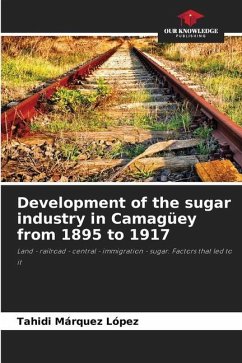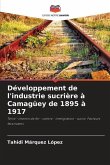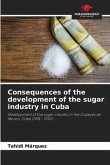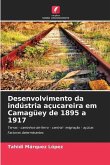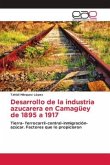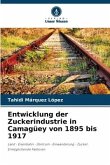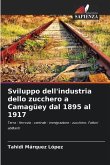The limitations and difficulties of the sugar economy were fundamentally outlined, developing in consonance with the growth of sugar production, which at the end of the first decade of the 19th century, approached two million tons. Given the previous needs, there were a large number of sugar mills that had difficulties in maintaining enough cash to finance their production. The railroad brought about a socioeconomic development in the province of Camagüey and in the sugar industry in general, a railroad network was formed that originated the development of private lines with the objective of transporting sugar cane and sugar to the ports of shipment. In the eastern territory, the United Fruit Company began efforts to hire cheap labor due to the lack of labor force. Tens of thousands of Antilleans began to populate the Camagüey and eastern fields, they were the first to enter their virgin lands to cultivate sugar cane, which was the main economic activity under the imperialist command.
Bitte wählen Sie Ihr Anliegen aus.
Rechnungen
Retourenschein anfordern
Bestellstatus
Storno

